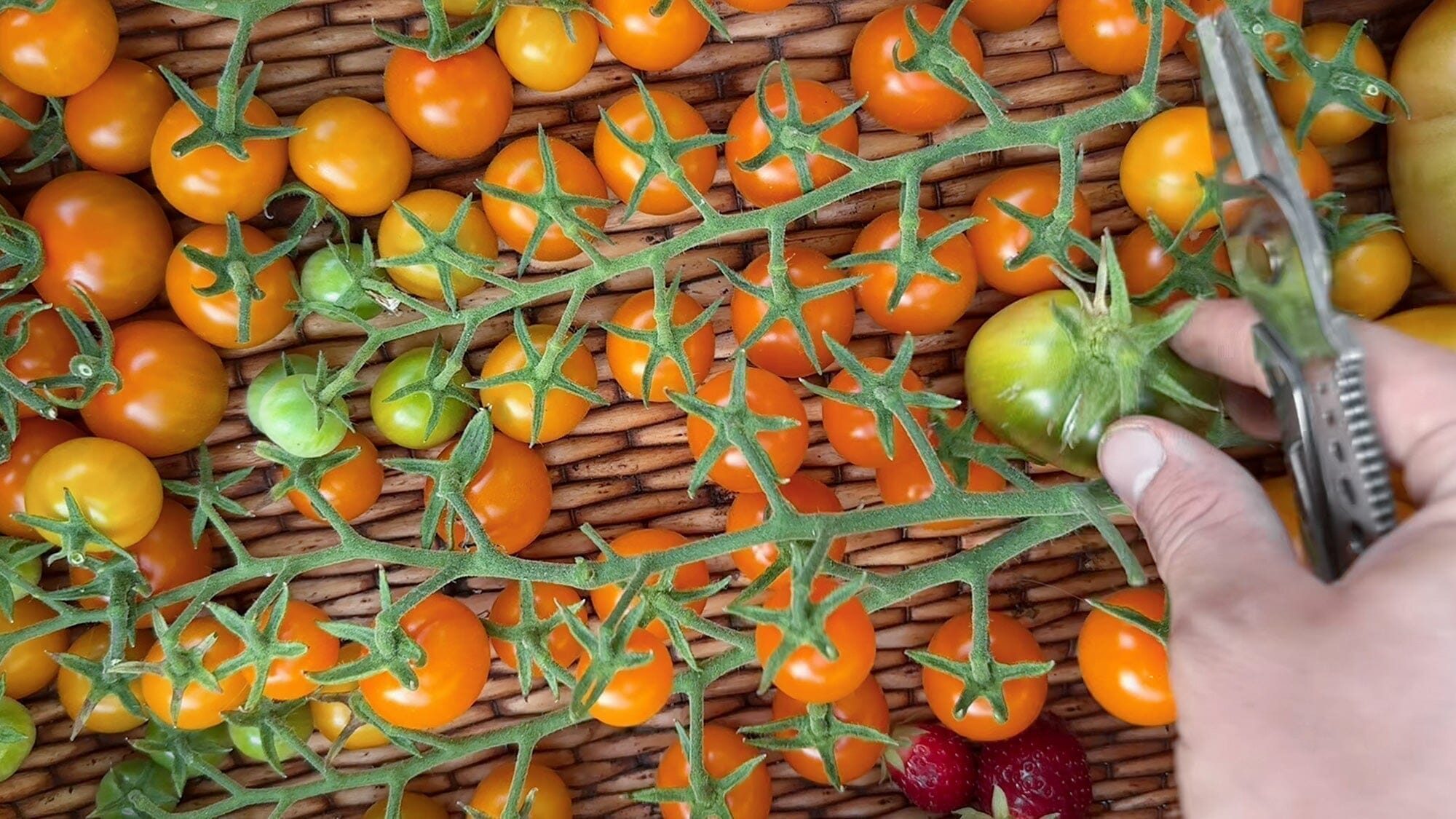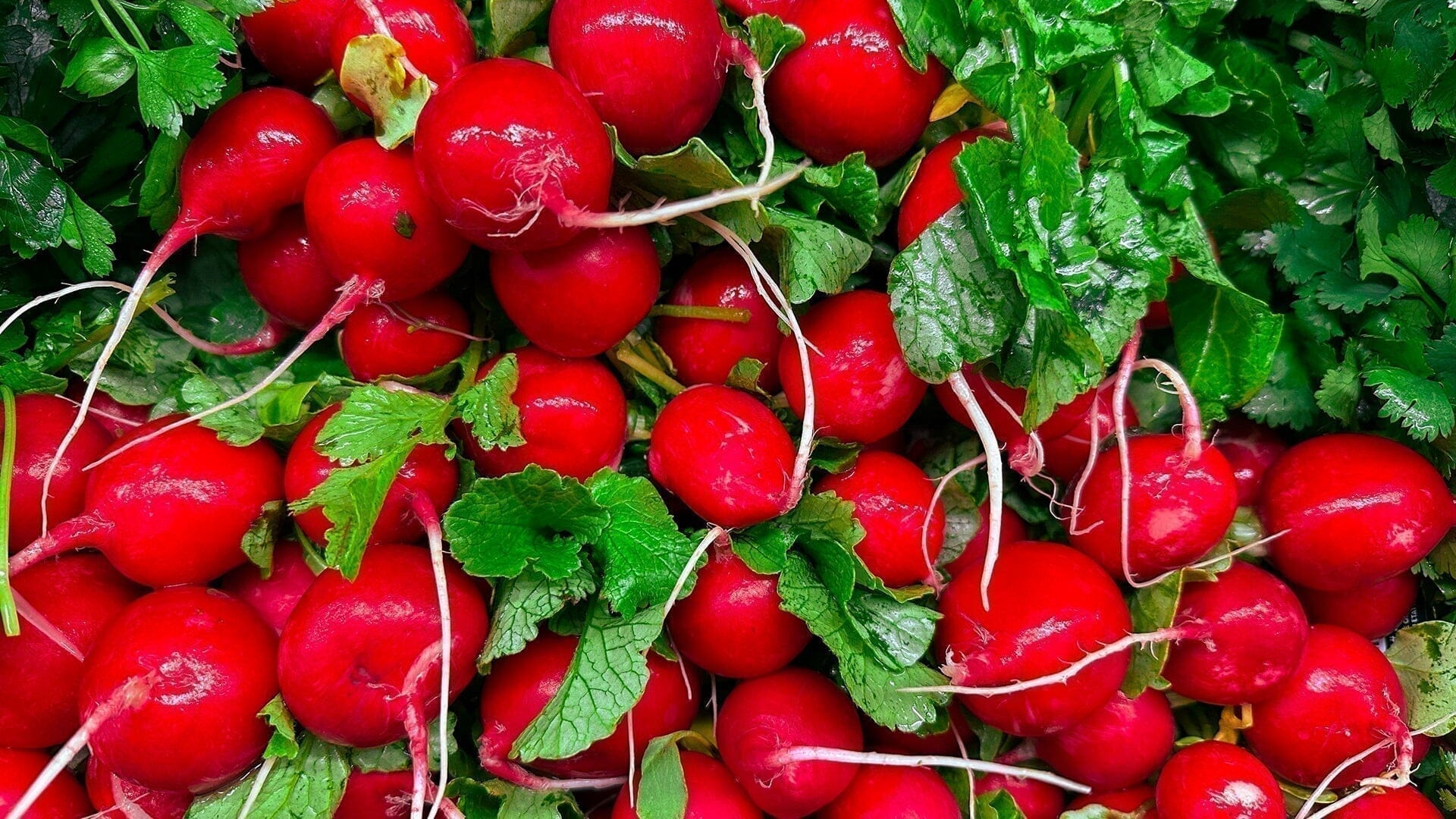Photos and Story By Alyson Morgan

As a mother, there is nothing more important than guiding my children and helping them cultivate a direct and intimate relationship with the earth. It brings us together as a family and instills wisdom and knowledge and a deep reverence for this place we all call home.
We do this through honoring the seasons, connecting to the plants in our garden and woodlands, planting seeds, and gathering seasonal plants to make into nourishing and delicious meals and beverages.
When we are aware of the life around us, from the plants growing outside our window to the birdsong from the trees, we deeply understand our role in it all. We are a part of a whole. And with that understanding comes the responsibility to take better care of our natural environment.
Spring Time Activities
To Do With Children
1. Plant Seeds + Early Plant Starts
_
A garden isn’t necessary to share the art of growing with your young one. A planter on a windowsill, a community garden, or a patio space will do just fine. In the late winter, we start our seeds indoors and move them outside to harden off when the weather here in the midwest gets warmer.
Seeds like cold-hardy greens, spinach, arugula, radishes, and peas are easy to grow and fun to start. Brassicas like kale, broccoli, and cabbage also need an early start and can withstand some frosts. In the midwest, our spring can be erratic: sunny and warm one day and snowing the next. Planting seeds teaches our children how to tune in to the world around them and where food comes from.
A large pot or a garden bed works well to start a small garden. Check your location zone for the last frost dates. Plant seeds according to the seed packet description. (I find sowing seeds on or around the new moon results in above average germination rates.)
2. Forage for Spring Greens
_
After a long and cold winter, any pop of green is a delight! My children and I wander around the garden and our small town, rain or shine, in search of spring greens. The first to appear on our little homestead is nettle, often peeking out of patches of snow. Next, comes violet, dandelion greens, garlic mustard, and chickweed. These spring plant allies bring us joy until the blooms arrive.
You can make food, drinks, and herbal remedies with these early spring plants that help with stagnation in the body and increase nutrients after a long winter. You can find resources like field guides to help you identify these plants. Make sure you are confident of the plant before harvesting, do not take more than you need, and give a thank you to the plant. Read more tips on sustainable foraging.
3. Make Herbal Tea Or Infusions
_
After harvesting our finds and enjoying our work in the garden or our walks in the woods, it is time for lunch. On days with cooler temperatures, I make an infusion or tea to warm us up. On warm days, enjoying infused lemonades and shrubs on our front porch make us feel like spring has arrived.
Nettles are washed, cooked to remove the sting, and blended into smoothies, soups, and pestos. Violets and Grape Hyacinth are infused with lemonade for a fun beverage.
These rituals help our children understand that plants are more than just decorative: they are alive and contain a spirit and energy of their own. As beings on this earth, we must care, tend, and connect with the life all around us... on this planet we call home.
ABOUT
I’m Alyson Morgan, a writer, photographer, folk herbalist + mother, sharing my storIes on this path to a slow, wild + wholehearted life.
Everything I do, from canning homegrown pickles to tending our garden, is rooted in my deep desire to reclaim our relationship with the earth and each other. I work each day to give myself wholly to the earth. My writing, photography, online apothecary, and collaborations with earth-conscious brands are all an intuitive + intentional extension of this passion.






